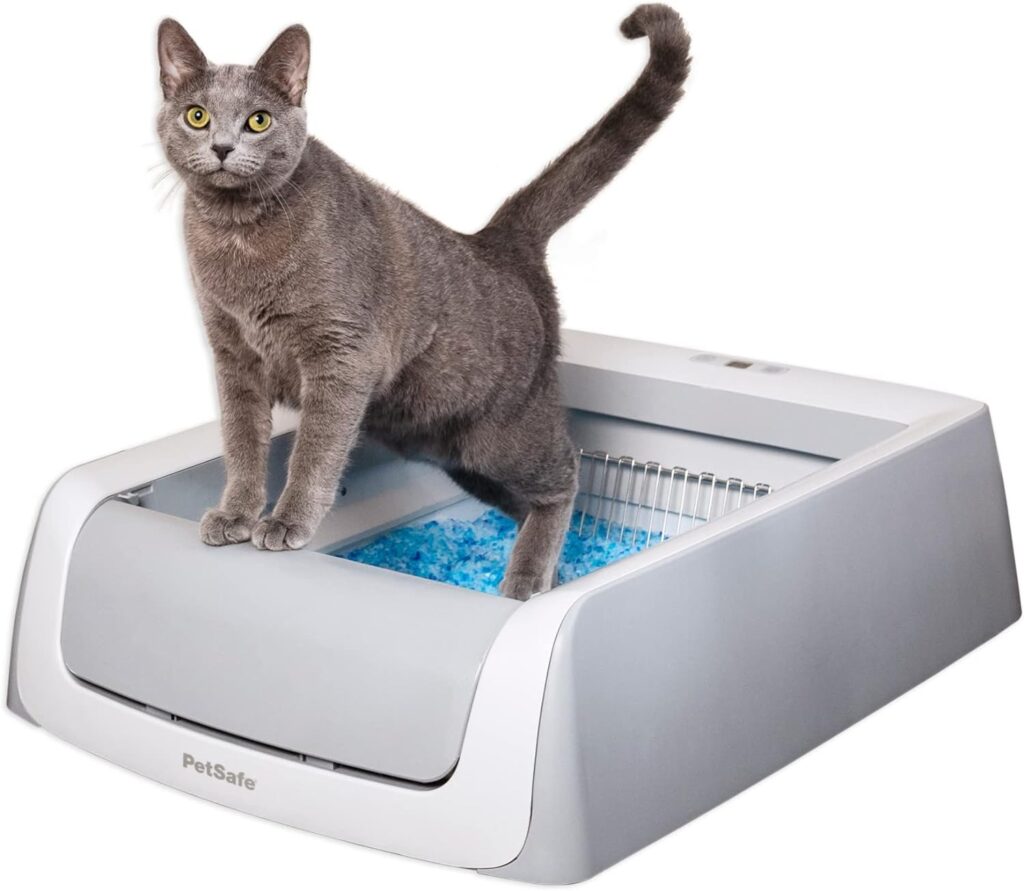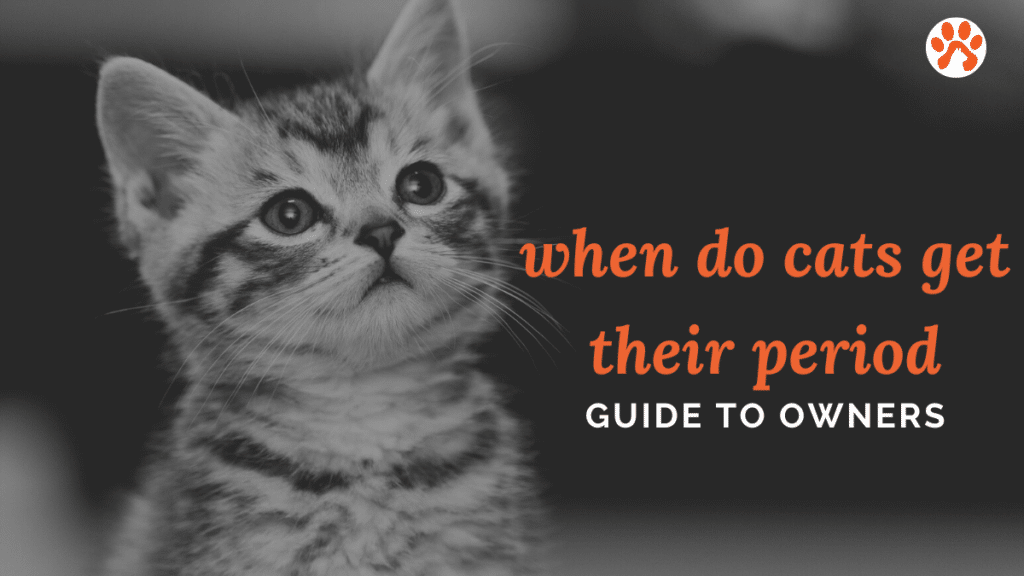Introduction
Why does my cat stare at me. Have you ever found yourself the subject of an intense stare from your feline friend, leaving you wondering, “Why does my cat stare at me?” The inscrutable gaze of a cat is a common behavior that often perplexes pet owners. In this article, we unravel the mystery behind this intriguing behavior, exploring the subtle nuances of cat communication and the various reasons your cat might be fixating its gaze upon you.
Why Does My Cat Stare at Me?
The Nature of Cats
Cats are renowned for their independent and mysterious nature. Unlike dogs, they don’t rely heavily on vocalization to express themselves. Instead, they communicate through subtle gestures and body language. Understanding the inherent traits of your feline companion is crucial for interpreting their behavior accurately.
Curiosity and Observation
One prominent reason your cat engages in prolonged staring is their natural curiosity. Cats are inherently inquisitive creatures, and staring serves as a method of observation. Whether you’re their favorite human or they’re simply intrigued by your actions, staring is a way for them to comprehend their surroundings.
Bonding and Trust
Another dimension to your cat’s prolonged gaze is the aspect of trust. In the feline world, maintaining eye contact is a display of confidence and affection. When your cat stares at you, they are, in essence, expressing a sense of trust and building a deeper bond with you. It’s a non-verbal affirmation of the connection you share.
Expression of Emotions
Contrary to popular belief, not all cat stares are the same. Cats employ eye contact to convey a spectrum of emotions. A content and happy cat may gaze at you with soft, relaxed eyes, while an anxious or agitated cat might exhibit dilated pupils and an intense stare. Recognizing these subtleties is pivotal in understanding your cat’s emotional state.

Instincts and Predatory Behavior
Cats are natural hunters, and their predatory instincts play a significant role in their behavior, including staring. Your cat’s intense gaze might be connected to their innate hunting instinct, reflecting a form of observation or even a silent acknowledgment of their environment.
Health Signals
Surprisingly, your cat’s stare could also be a subtle indicator of their health. Persistent or unusual staring, especially when accompanied by other behavioral changes, may be a sign of underlying health issues. As a responsible pet owner, it’s essential to pay attention to alterations in behavior and seek veterinary advice when necessary.
Communication Beyond Words
Cats are masters at communication that goes beyond vocalization. Understanding the subtleties of their expressions, including staring, allows you to delve deeper into their world. From the slow blink of contentment to the focused gaze of curiosity, your cat communicates a myriad of emotions without uttering a single sound.
Responding to Your Cat’s Stare
As a cat owner, your response to your cat’s stare is crucial. Positive engagement, such as reciprocating with a gentle blink or offering affection, reinforces the trust and connection between you and your cat. Conversely, avoiding negative reinforcement ensures that your cat associates your presence with positive experiences.
Creating a Comfortable Environment
The surroundings play a pivotal role in shaping your cat’s behavior. An environment that fosters comfort and security contributes to a reduction in anxious stares. Ensure your cat has access to cozy spaces, engaging toys, and a litter box in a quiet, accessible location to promote a stress-free living space.
Common Misconceptions
Dispelling myths about cat behavior is essential for every pet owner. Cats have unique ways of expressing themselves, and staring is often misunderstood. By debunking common misconceptions, such as associating all stares with aggression, you pave the way for a more informed and harmonious relationship with your feline companion.
Enjoying the Connection
Embrace the unique bond you share with your cat. While their communication style may differ from other pets, finding joy in the silent connection adds a special dimension to the human-feline relationship. The moments of shared gaze become an integral part of your unique language, strengthening the emotional ties that bind you and your cat.
Practical Tips for Cat Owners
Enhancing communication with your cat involves practical strategies. Observe their cues, respond positively to their stares, and incorporate interactive play into your daily routine. By actively engaging with your cat, you foster a relationship built on understanding and mutual respect.
Conclusion
In conclusion, the next time you find yourself pondering, “Why does my cat stare at me?” remember that it’s more than a mere gaze—it’s a form of communication. By delving into the intricacies of your cat’s behavior, you unlock the secrets behind their stares, strengthening the unique bond you share.
FAQs
- Why does my cat stare at me while I sleep?
- Cats may watch over their owners as a protective instinct or simply out of curiosity, ensuring a sense of security.
- Is constant staring a sign of aggression?
- Not necessarily. Cats stare for various reasons, and aggression is just one potential interpretation. Understanding other cues is essential.
- How can I tell if my cat’s stare is health-related?
- Persistent staring, especially when coupled with other behavioral changes, may indicate a health issue. Regular veterinary check-ups help ensure your cat’s well-being.
- Can staring be a sign of boredom in cats?
- Yes, cats may stare out of boredom. Providing mental stimulation, engaging toys, and interactive play can alleviate this and keep your cat entertained.
- Should I avoid eye contact if my cat stares?
- No, maintaining eye contact can build trust. Respond positively to your cat’s gaze to strengthen your bond and enhance communication.
You May Also Like: Mental Health Benefits of Owning a Cat: 7 important factors to consider

